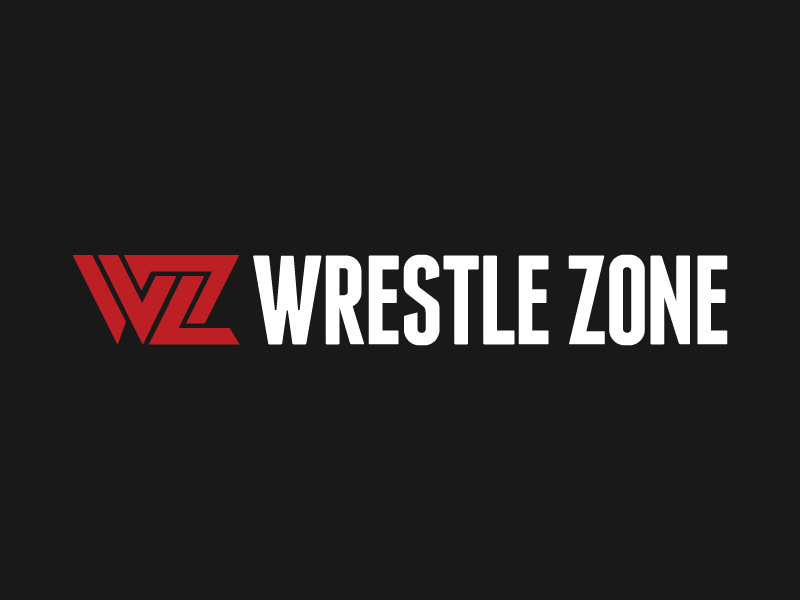He who speaks the most generally knows the least. In which case, a lot of people know very little. Droves of people, one after the other, scramble up the side of the social pile, reach the top, bellow their view to the sky hoping someone somewhere hears it, and then tumble back down the sides to the bottom, only to begin the ascent once…

Kenny Omega was featured in a new trailer for Capcom’s Street Fighter 6 that introduced the four new characters for…







